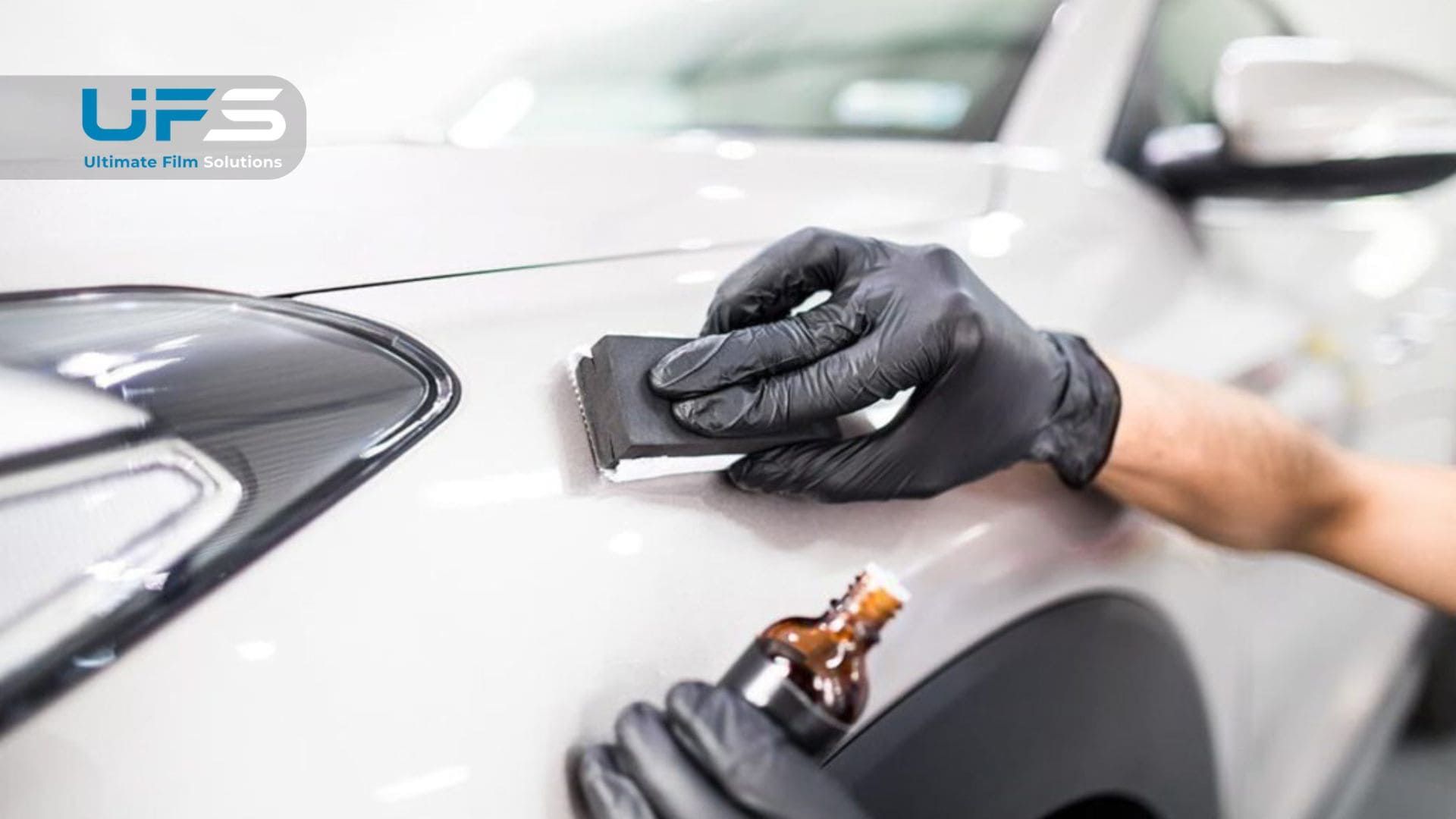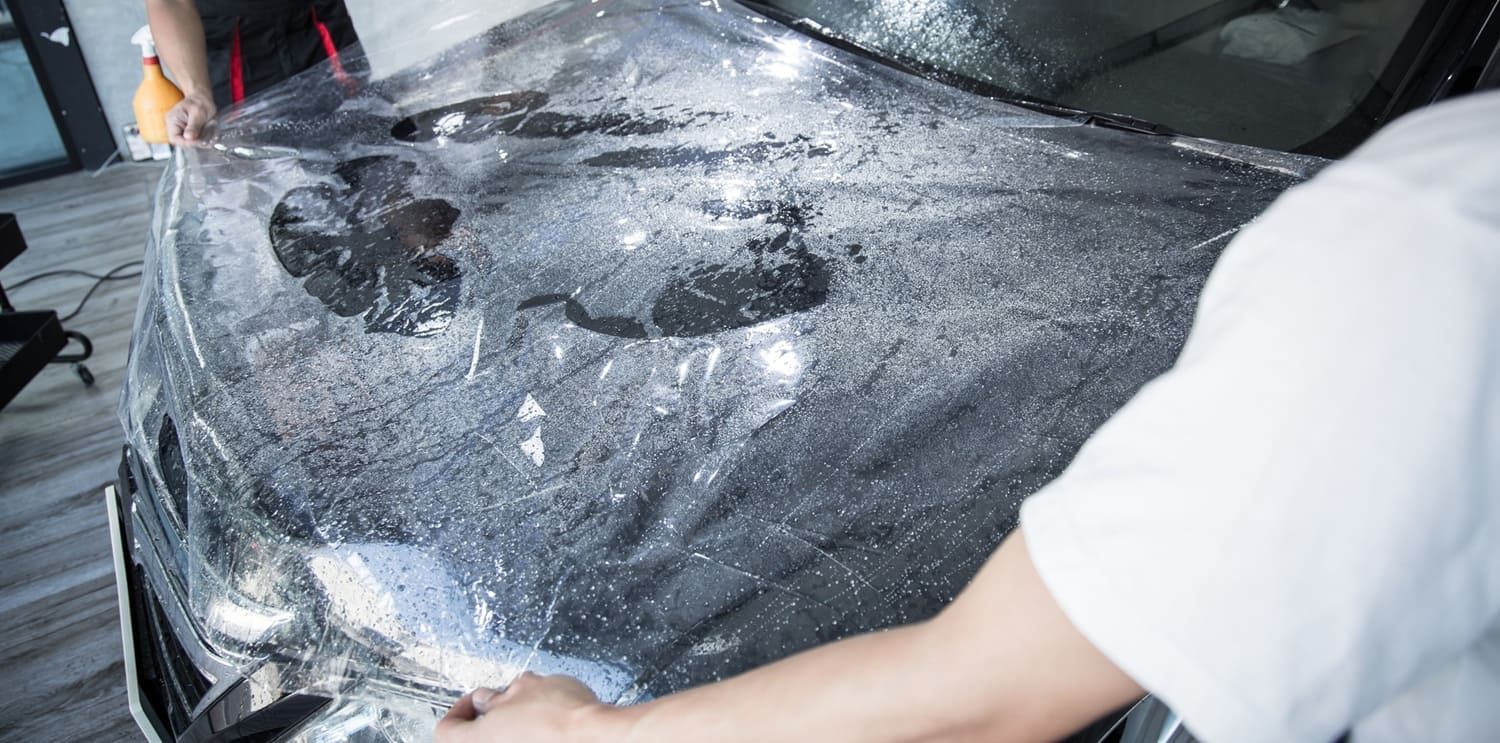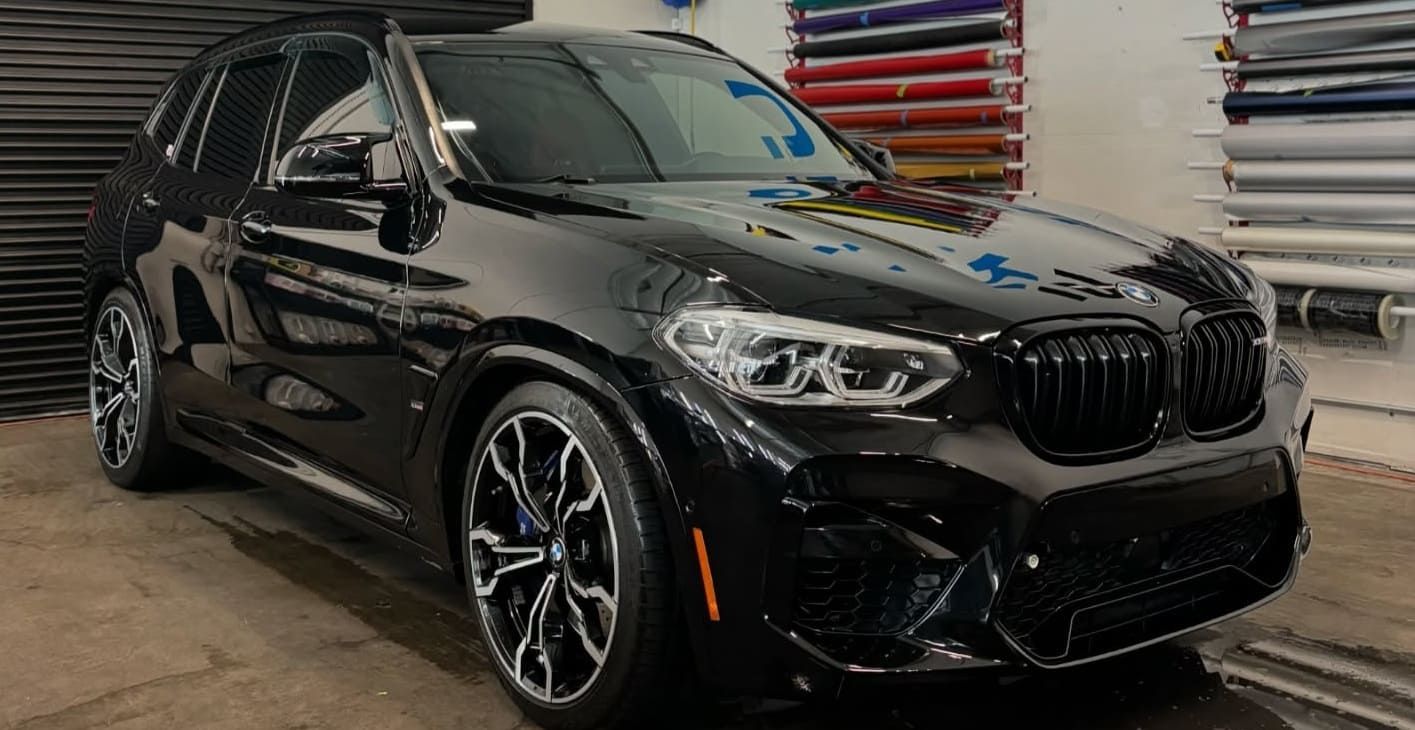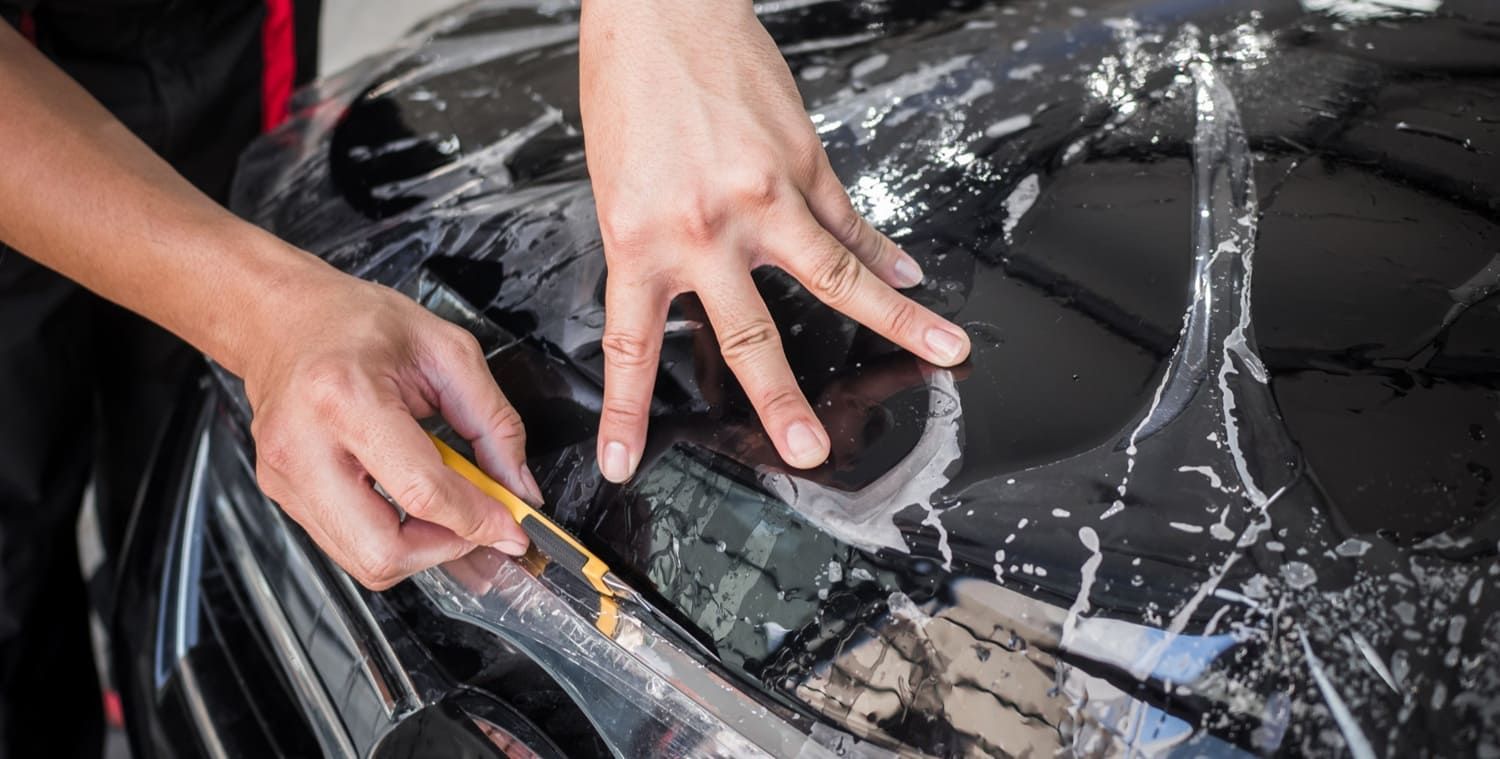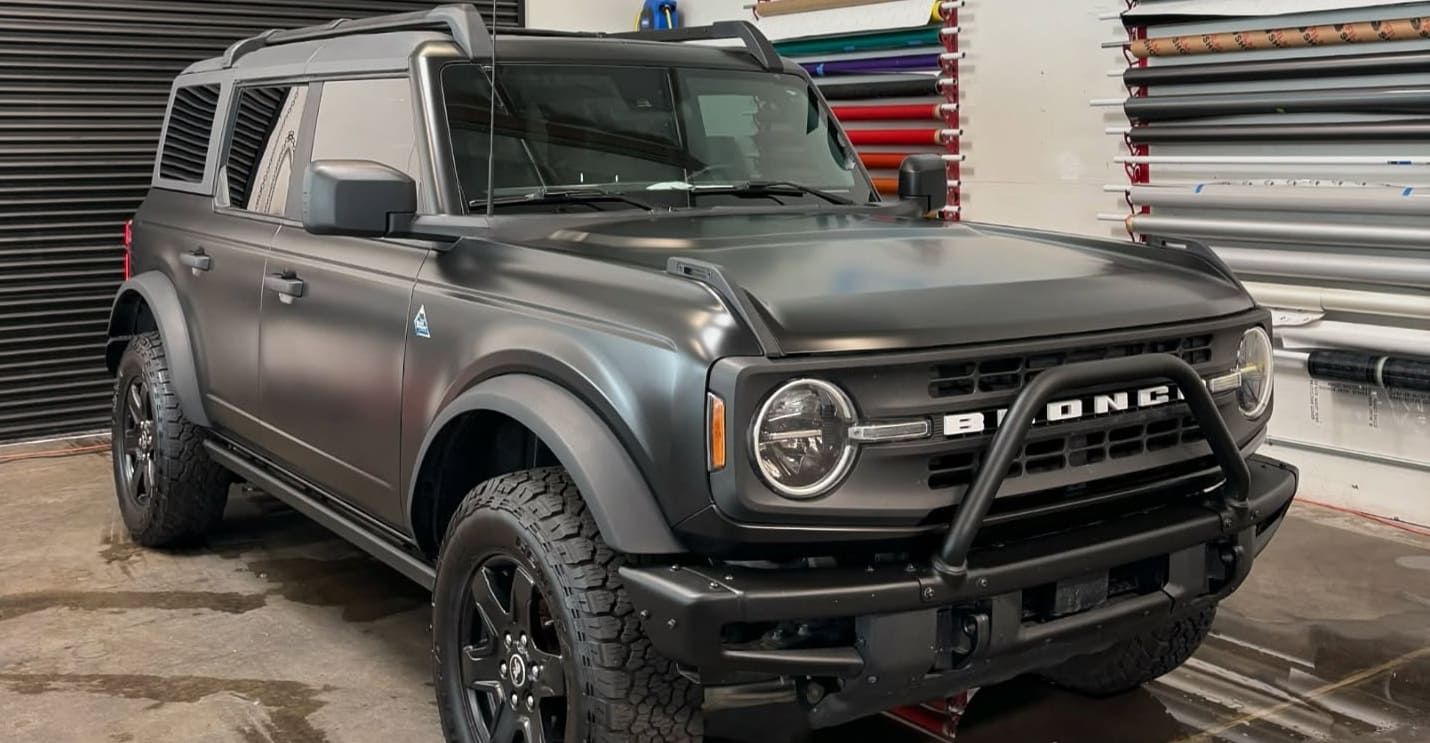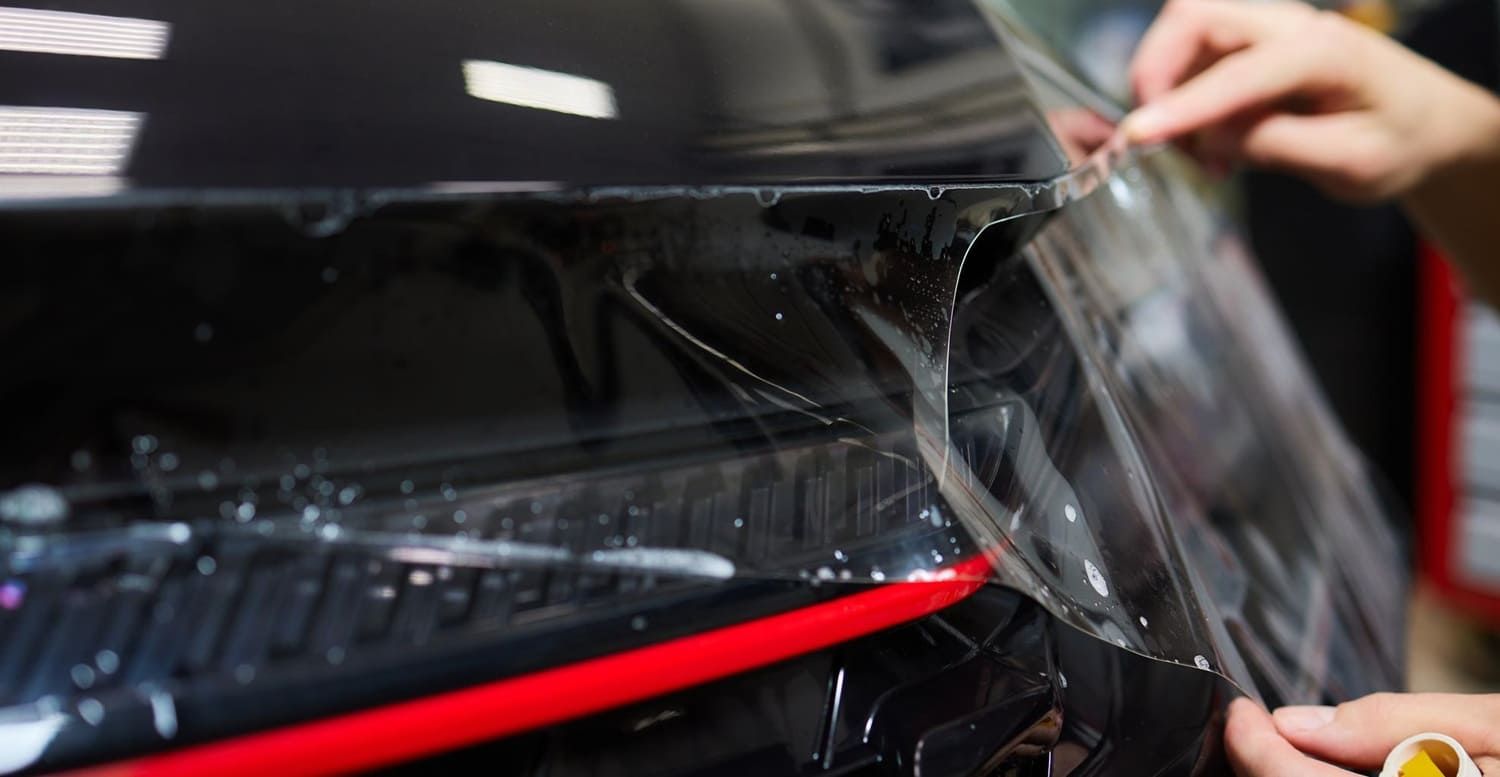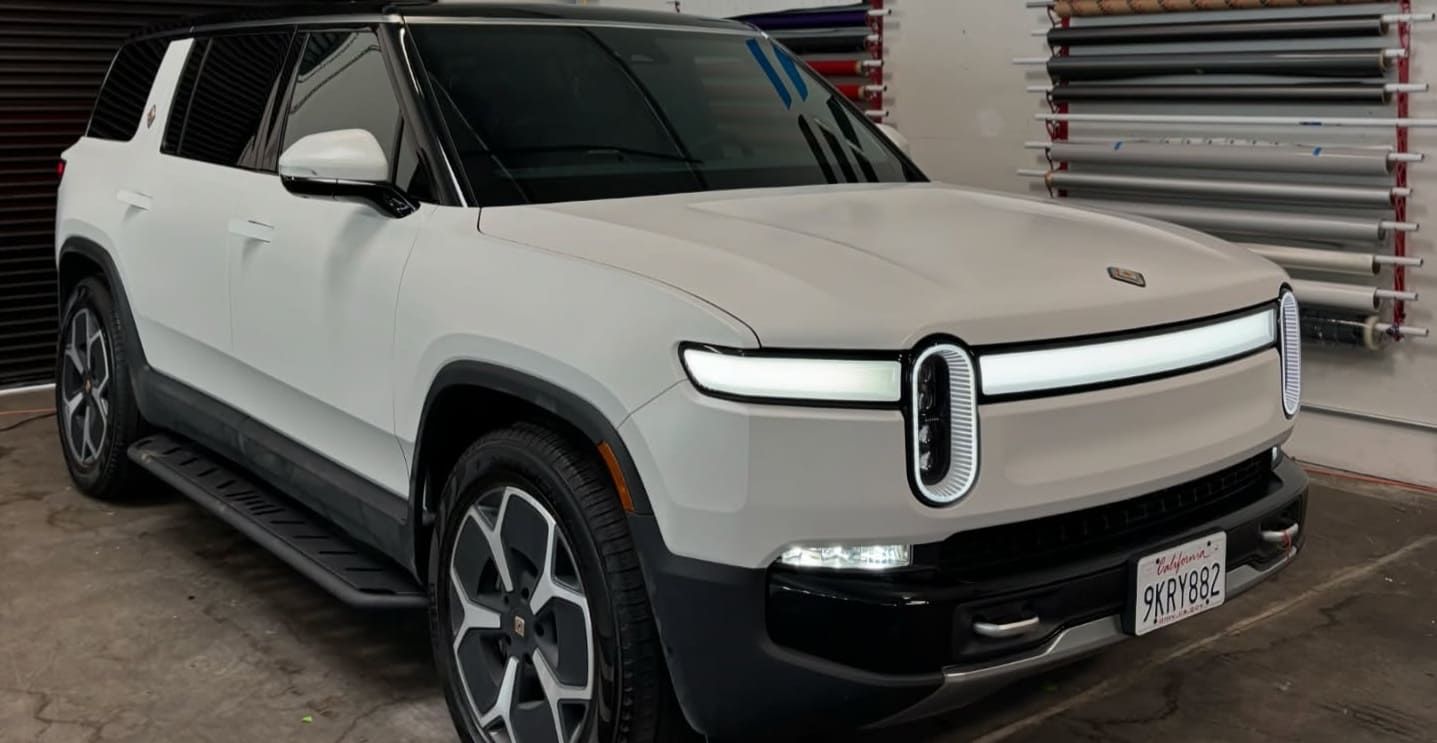Which is better: PPF or ceramic coating?
When it comes to protecting your car's paint, two options often come to mind: Paint Protection Film (PPF) and Ceramic Coating.
Both offer unique benefits and have their own set of drawbacks.
Understanding the differences between PPF and Ceramic Coating can be a bit complex. This is especially true if you're not familiar with the technical aspects of car maintenance and care.
In this article, we'll delve into the world of PPF and Ceramic Coating. We aim to provide a comprehensive comparison to help you make an informed decision.
Whether you're a car enthusiast or a regular car owner, this guide will help you understand which option is better suited for your needs.
So, let's dive in and explore the battle of PPF vs Ceramic Coating.
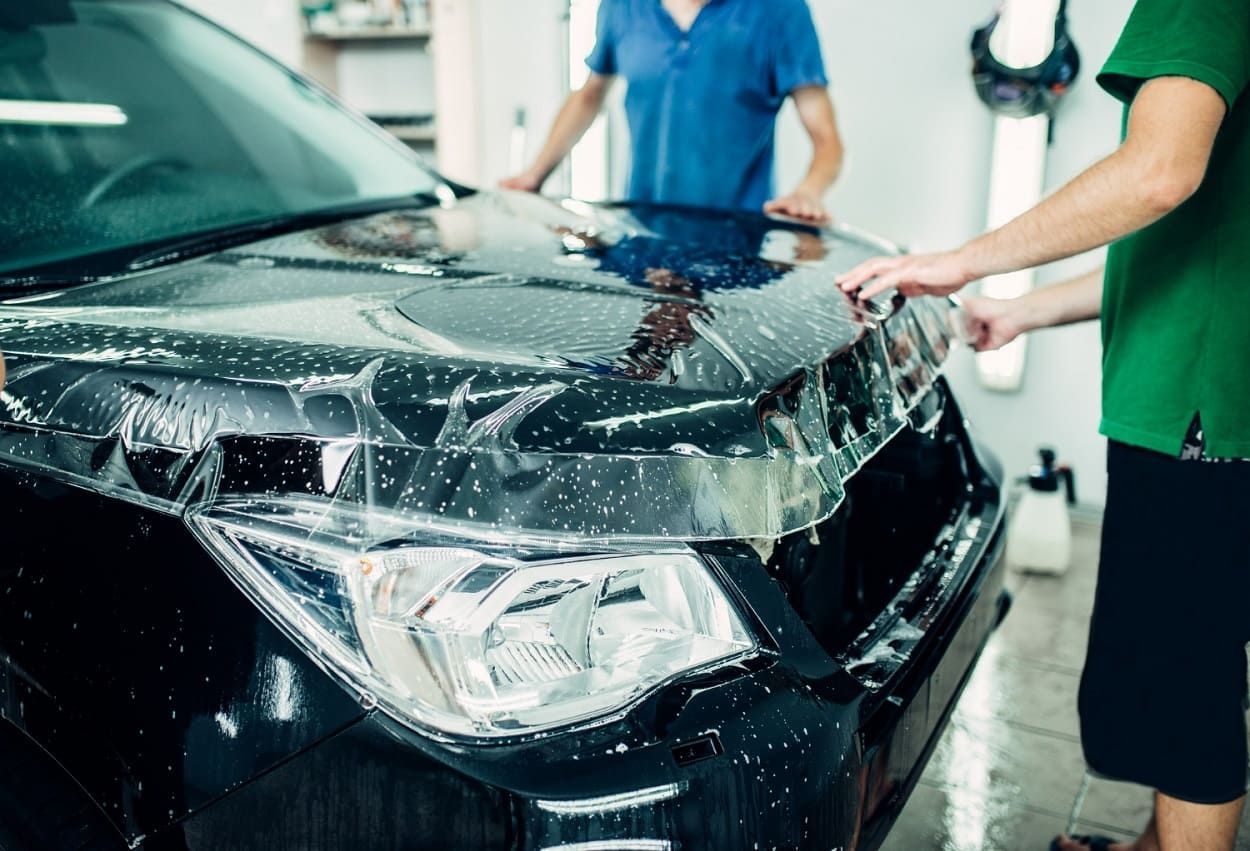
Understanding PPF and Ceramic Coating
Before we delve into the comparison, it's crucial to understand what PPF and Ceramic Coating are.
Both are popular methods used to protect the car's paint from damage.
What is Paint Protection Film (PPF)?
Paint Protection Film, often referred to as PPF, is a thin polyurethane film.
It's applied to the exterior of the car to protect the paint from scratches, chips, and other physical damage.
What is Ceramic Coating?
On the other hand, Ceramic Coating is a liquid polymer.
When applied, it bonds with the car's paint and forms a hard, protective layer. It's known for its resistance to chemical damage, UV rays, and extreme heat.
Comparing Durability and Protection
When it comes to protecting your car's paint, both PPF and Ceramic Coating offer unique benefits.
However, their level of protection varies based on the type of damage.
Physical Damage Protection: PPF
PPF excels in protecting against physical damage.
Its thick, flexible nature allows it to absorb impacts from rocks, road debris, and minor scratches, reducing the risk of paint damage.
Chemical and UV Protection: Ceramic Coating
Ceramic Coating, on the other hand, provides superior protection against chemical stains and UV damage.
Its chemical resistance prevents etching from acidic contaminants, while its UV resistance helps prevent paint fading from sun exposure.
Cost Analysis: PPF vs Ceramic Coating
The cost of PPF and Ceramic Coating can vary greatly, depending on several factors.
These include the quality of the product, the size of the vehicle, and whether you opt for professional installation or a DIY approach.
Here's a rough cost comparison:
- PPF: The cost of professional PPF installation can range from $500 to over $2000, depending on the coverage area. DIY kits are available but require careful application to avoid bubbles and wrinkles.
- Ceramic Coating: Professional Ceramic Coating services can cost between $500 and $2000, depending on the brand and number of layers applied. DIY kits are more affordable, starting around $50, but require meticulous preparation and application to achieve the best results.
Installation and Maintenance
Both PPF and Ceramic Coating require careful installation to ensure optimal performance and longevity.
The maintenance needs of these two options also differ, impacting the overall cost and effort required over time.
Here's a quick overview:
- PPF: Requires professional installation for best results, followed by regular maintenance to keep the film in good condition.
- Ceramic Coating: Can be applied professionally or using a DIY kit, with minimal maintenance required after proper application.
Installation Process for PPF
The installation of PPF is a meticulous process that requires professional expertise.
The film is custom cut to fit the vehicle's body panels, then applied using a slip solution. It's a labor-intensive process that can take several hours to complete.
Application Process for Ceramic Coating
Applying Ceramic Coating involves preparing the vehicle's surface, applying the product, and allowing it to cure.
While it's possible to apply Ceramic Coating yourself, professional application ensures an even coat and reduces the risk of high spots or streaking.
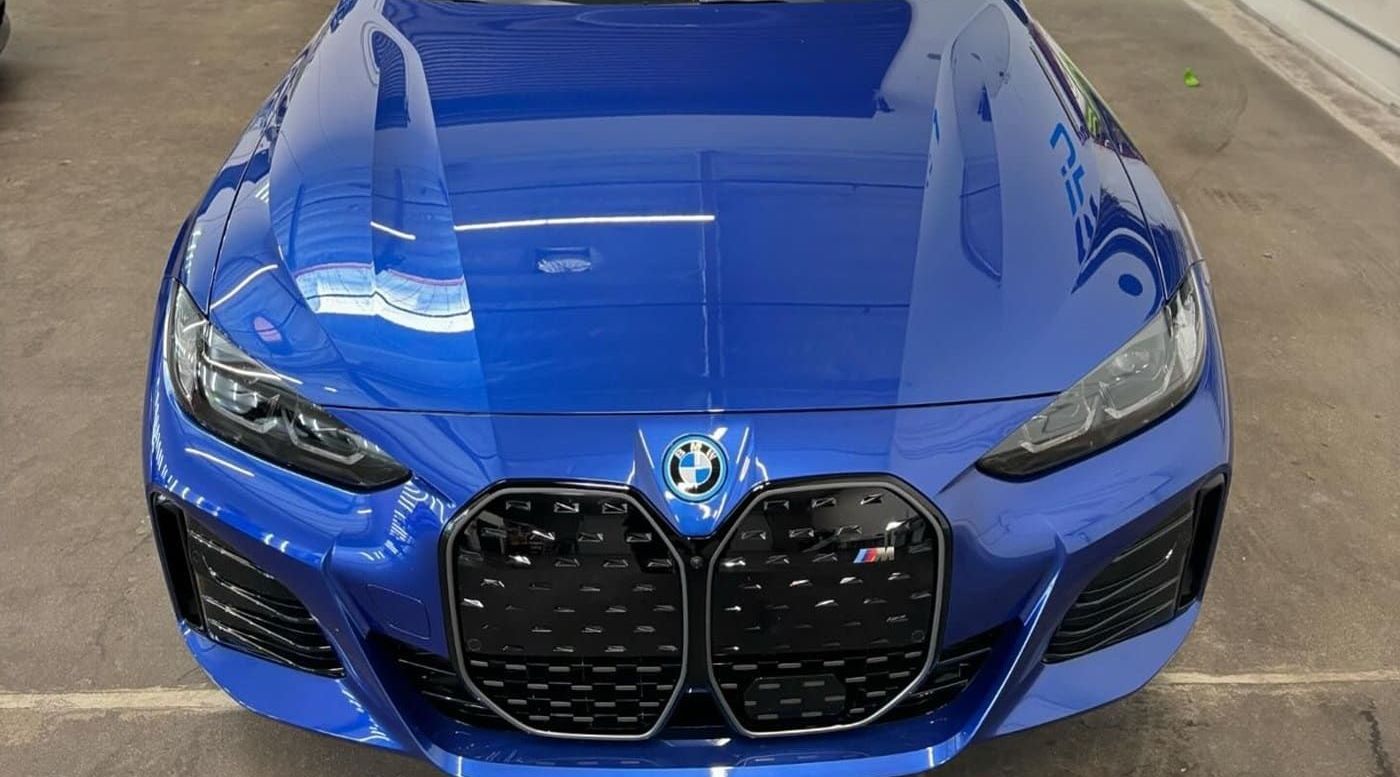
Longevity and Aesthetics
The lifespan and aesthetic impact of PPF and Ceramic Coating are key factors to consider.
Both options offer unique benefits that can enhance the appearance of your vehicle while providing long-lasting protection.
Here's what you need to know:
- PPF: Offers a high-gloss finish that can enhance the vehicle's shine, with a lifespan of 5-10 years with proper maintenance.
- Ceramic Coating: Provides a deep gloss and hydrophobic properties, with a lifespan of 2-5 years depending on the product and maintenance.
Lifespan and Maintenance: PPF
PPF is designed to last for many years, with a typical lifespan of 5-10 years.
Regular maintenance, including cleaning and occasional professional inspections, can help ensure the film remains in good condition and continues to provide effective protection.
Gloss and Hydrophobic Properties: Ceramic Coating
Ceramic Coating not only protects your vehicle's paint but also enhances its appearance.
The coating provides a deep gloss that can make your paint color pop, and its hydrophobic properties cause water to bead up and roll off, keeping your vehicle cleaner for longer.
Impact on Vehicle Resale Value
The condition of a vehicle's paintwork can significantly impact its resale value.
Both PPF and Ceramic Coating can help maintain the paint's condition, potentially increasing the vehicle's resale value. PPF, in particular, can protect the original paint from physical damage, while Ceramic Coating can preserve the paint's gloss and color from UV damage and chemical stains.
Environmental Factors and Repairability
The performance of both PPF and Ceramic Coating can be influenced by environmental factors.
For instance, extreme temperatures, UV radiation, and exposure to road salt can affect their durability and protective qualities.
- PPF: Can withstand harsh weather conditions, but may require repair or replacement if damaged.
- Ceramic Coating: Offers excellent resistance to UV rays and chemical contaminants, but may need reapplication over time.
PPF: Repair and Environmental Considerations
PPF is designed to be durable and withstand harsh environmental conditions.
However, if it gets damaged, it can be repaired or replaced by a professional installer.
Ceramic Coating: Environmental Resistance and Repair
Ceramic Coating is resistant to UV rays and chemical contaminants.
However, if it wears off or gets damaged, it may need to be reapplied or repaired by a professional.
Advancements and Customization Options
Both PPF and Ceramic Coating have seen significant advancements in recent years.
These advancements have improved their protective qualities and added new customization options.
- PPF: New top-coated films offer added benefits.
- Ceramic Coating: Improved formulas enhance longevity and performance.
Technological Advancements in PPF
Modern PPFs come with top-coated films.
These films enhance the self-healing properties and increase the glossiness of the film.
Customization and Advancements in Ceramic Coatings
Ceramic Coating formulas have improved over time.
These advancements have increased their longevity, performance, and the range of surfaces they can be applied to.
Final Verdict: PPF vs Ceramic Coating
Choosing between PPF and Ceramic Coating depends on your specific needs and circumstances.
If physical damage protection is your priority, PPF is the better choice. However, if you're looking for chemical and UV protection, ease of maintenance, and enhanced gloss, Ceramic Coating would be more suitable. It's also worth considering the cost, installation process, and longevity of each option.
In the end, the best decision is an informed one. Consult with a professional detailer to assess your individual needs and make the right choice for your vehicle.
For car owners in Sacramento and North Hollywood, CA, call us now from Ultimate Film Solutions. Protect your investment and keep your car looking its best with our top-quality Paint Protection Film services.

